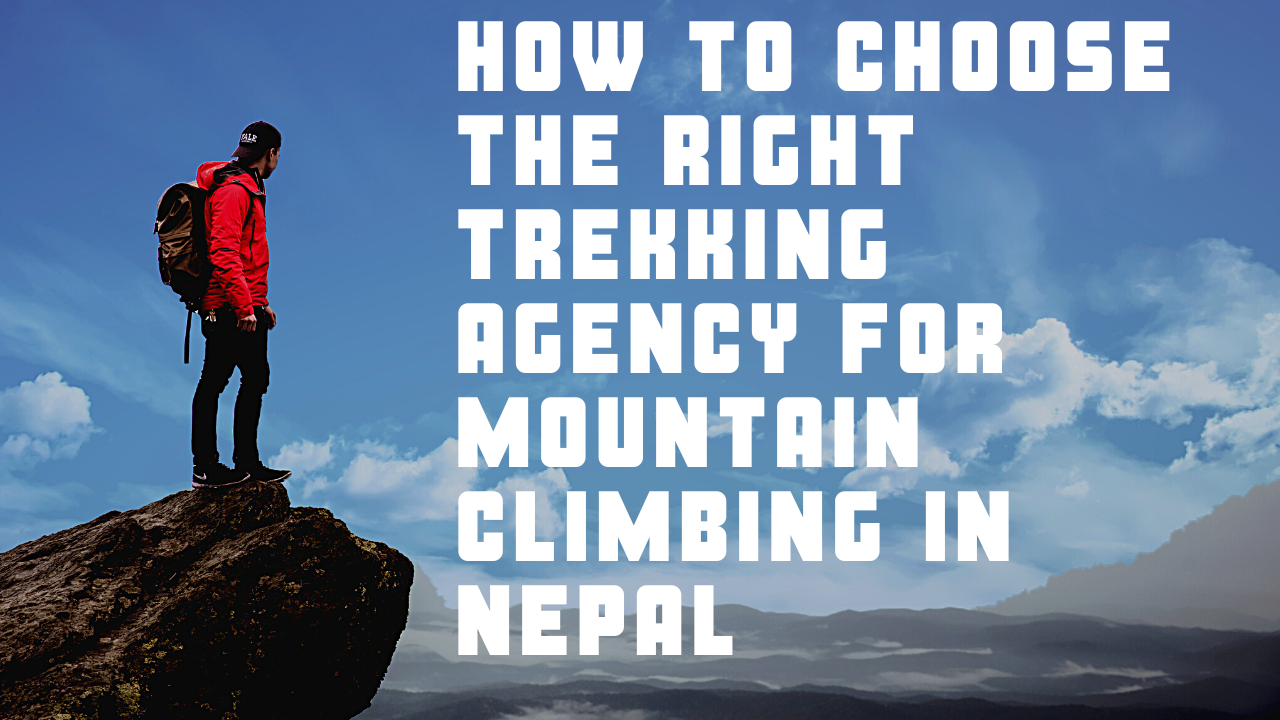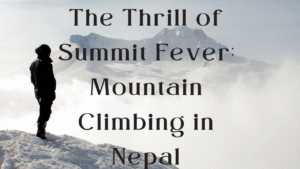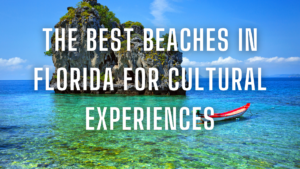Nepal is more than just the land of Mount Everest—it’s a hiker’s dream and a mountaineer’s ultimate challenge. With its majestic peaks, rugged trails, and cultural richness, it’s no surprise that trekking and mountain climbing in Nepal attract adventurers from across the globe. But here’s the catch: your entire journey hinges on one critical decision—choosing the right trekking agency. Pick wisely, and you’ll have an experience of a lifetime. Pick poorly, and you may face safety risks, hidden costs, or a nightmare in the Himalayas.
Table of Contents
Understanding the Role of a Trekking Agency
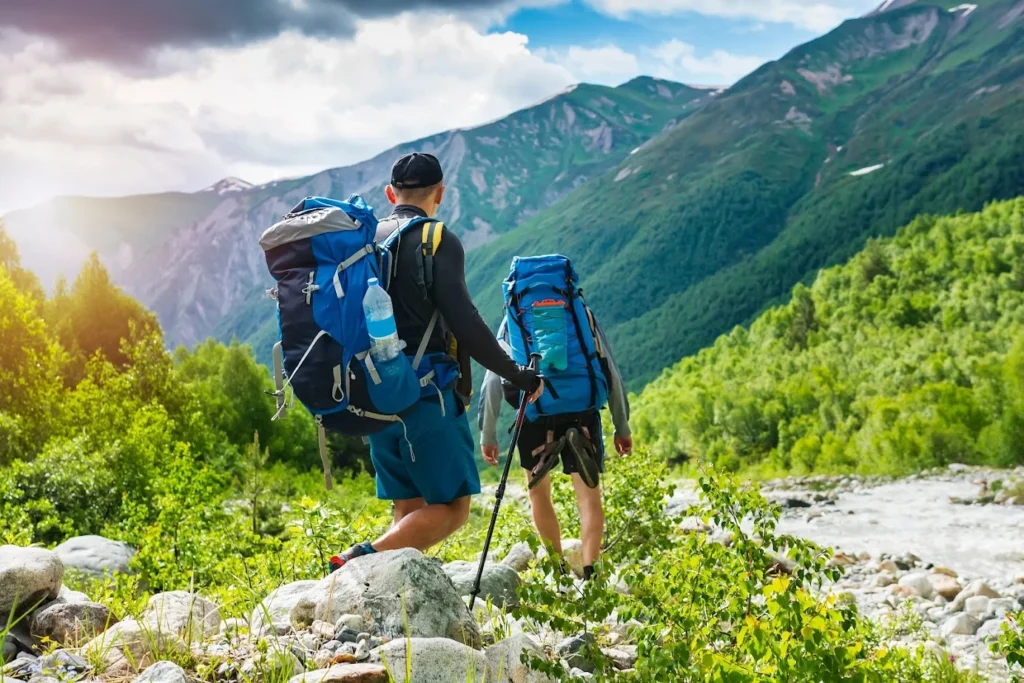
A trekking agency isn’t just a middleman. They handle permits, logistics, guides, porters, accommodation, meals, and even emergency evacuations. In short, they take the stress off your shoulders so you can focus on enjoying the trek. Without them, especially for high-altitude expeditions like mountain climbing in Nepal, things could get messy fast.
Types of Trekking Agencies in Nepal
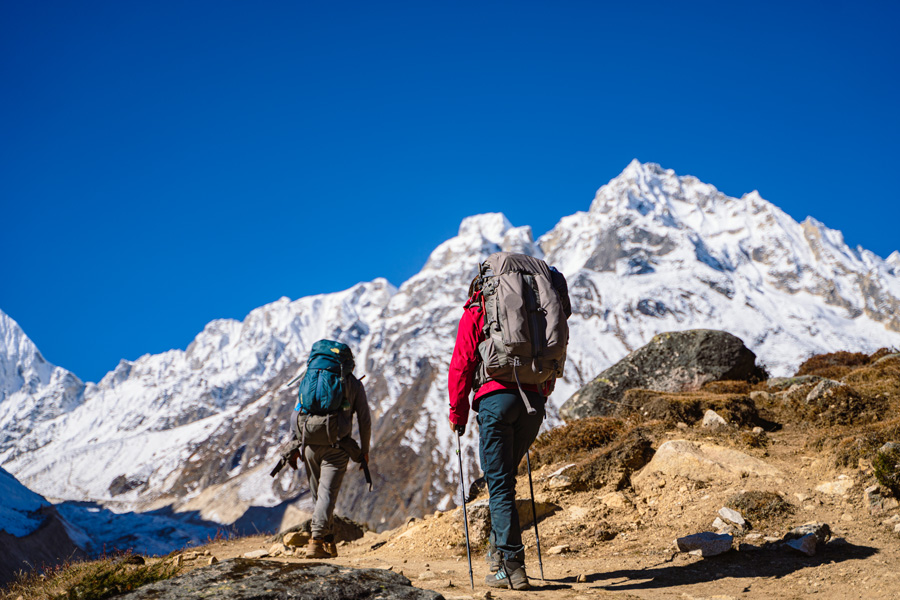
- Local Agencies: Run by Nepali entrepreneurs, often more affordable and authentic.
- International Agencies: Usually pricier, but may include services before arriving in Nepal.
- Boutique Operators: Small agencies that provide customized, personal experiences.
- Large-Scale Operators: Handle many clients at once, often with fixed itineraries.
Choosing between them depends on your style—do you prefer personal attention or the convenience of an all-inclusive package?
Factors to Consider When Choosing a Trekking Agency
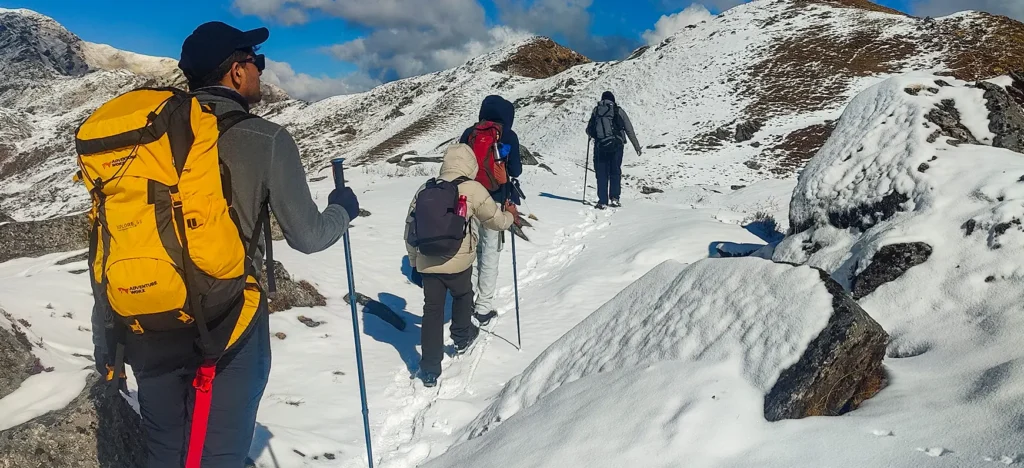
- Licensing: The agency must be registered with the Nepal government.
- Qualified Guides: Check their training, certifications, and experience.
- Safety Standards: Ask about medical kits, evacuation plans, and communication systems.
Checking Legitimacy of the Agency
Always confirm that your agency is a member of TAAN (Trekking Agencies’ Association of Nepal) and NMA (Nepal Mountaineering Association). These memberships prove they’re authorized. Beyond that, read reviews on TripAdvisor, Google, and forums like Lonely Planet’s Thorn Tree. Real stories from past trekkers give you the raw truth.
Experience and Expertise
Years in business matter. An agency with decades of experience knows how to handle unpredictable weather, altitude issues, and emergencies. Ask if they specialize in your trek—Everest Base Camp, Annapurna Circuit, or high-altitude climbs like Ama Dablam.
Cost Transparency
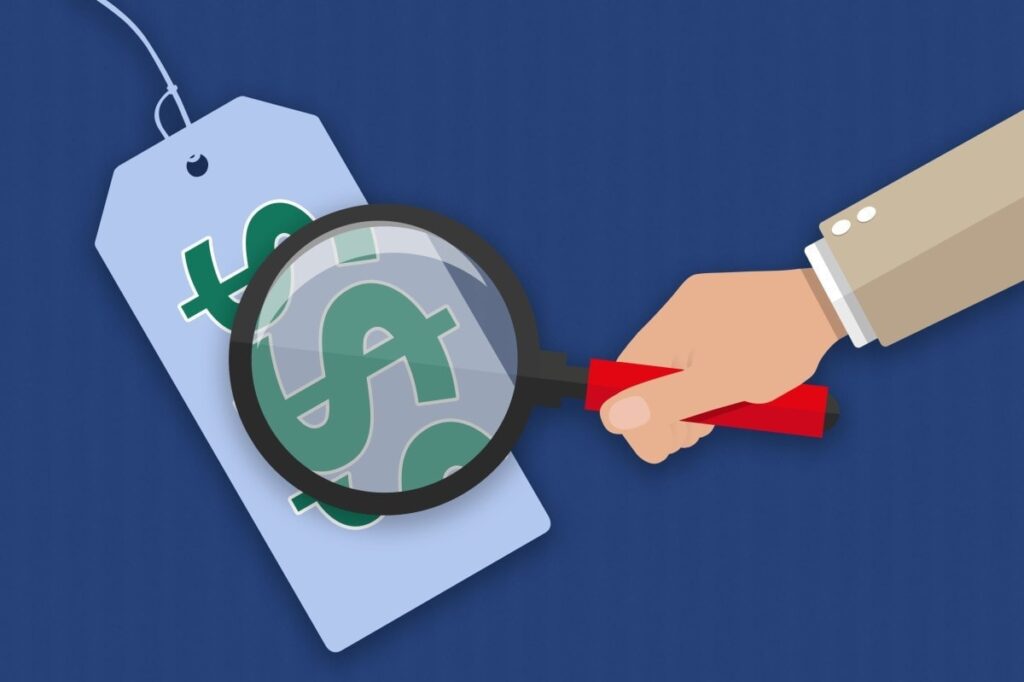
Cheapest isn’t always best. Some agencies lure you with low prices but later charge for meals, permits, or even oxygen cylinders. A trustworthy agency is upfront with costs and includes everything in the package. Always compare what’s included, not just the headline price, especially when planning for mountain climbing in Nepal.
Guide and Porter Welfare
A good agency values its staff. Are guides insured? Do porters get proper gear and fair pay? Sadly, some agencies exploit workers by overloading them or not providing essentials. Supporting ethical agencies ensures your adventure doesn’t come at someone else’s suffering.
Customized vs. Fixed Packages
Fixed itineraries are easy if you’re short on time. But if you want flexibility—maybe extra acclimatization days or a side trek—choose agencies that customize trips. Tailor-made itineraries are especially useful for climbing peaks where conditions vary.
Safety Measures
Altitude sickness can hit anyone. That’s why safety isn’t negotiable. Ask about:
- First aid training of guides
- Emergency oxygen and satellite phones
- Helicopter evacuation arrangements
If the agency dodges these questions, that’s a red flag.
Environmental Responsibility
The Himalayas are fragile. Responsible agencies follow a “Leave No Trace” policy. They minimize plastic use, encourage reusable bottles, and carry waste back down. Supporting eco-conscious agencies means you’re helping protect Nepal’s mountains for future trekkers and those interested in mountain climbing in Nepal.
Communication and Customer Support
From your first inquiry email to your last day in Kathmandu, communication matters. A reliable agency responds quickly, answers your questions clearly, and provides 24/7 support during the trek.
Group Size and Trip Style
Do you enjoy meeting new people in a group trek? Or do you prefer private adventures? Agencies with small group policies usually give more personal care, while large groups are budget-friendly but less flexible. This consideration is especially important when planning mountain climbing in Nepal, where personalized support can make a significant difference.
How to Spot Fake or Scam Agencies
Nepal has its fair share of scams. Watch out for:
- Prices that are too good to be true
- Agencies refusing to show licenses
- No physical office in Kathmandu
- Over-promising unrealistic services
If it feels shady, trust your gut.
Final Checklist Before Booking
Before signing up, ask these:
- Are you registered with the government and TAAN/NMA?
- What’s included in the price?
- What’s the guide-to-client ratio?
- Do you provide insurance for guides and porters?
- What’s your emergency evacuation plan?
Request copies of registration documents and receipts. A legit agency won’t hesitate to provide them.
Also visit:
Planning Your Perfect Road Trip in Australia
Top 10 Wildlife Safaris in Africa You Must Experience
Planning Your Dream Wildlife Safari in Africa
The Magic of Wildlife Safaris in Africa: What to Expect
Conclusion
Choosing the right trekking agency in Nepal isn’t just about convenience—it’s about safety, ethics, and the quality of your experience. With the right team behind you, every step in the Himalayas feels like magic. So, do your homework, ask the right questions, and go with an agency that aligns with your values and goals. Your dream adventure, whether trekking or mountain climbing in Nepal, deserves nothing less.

